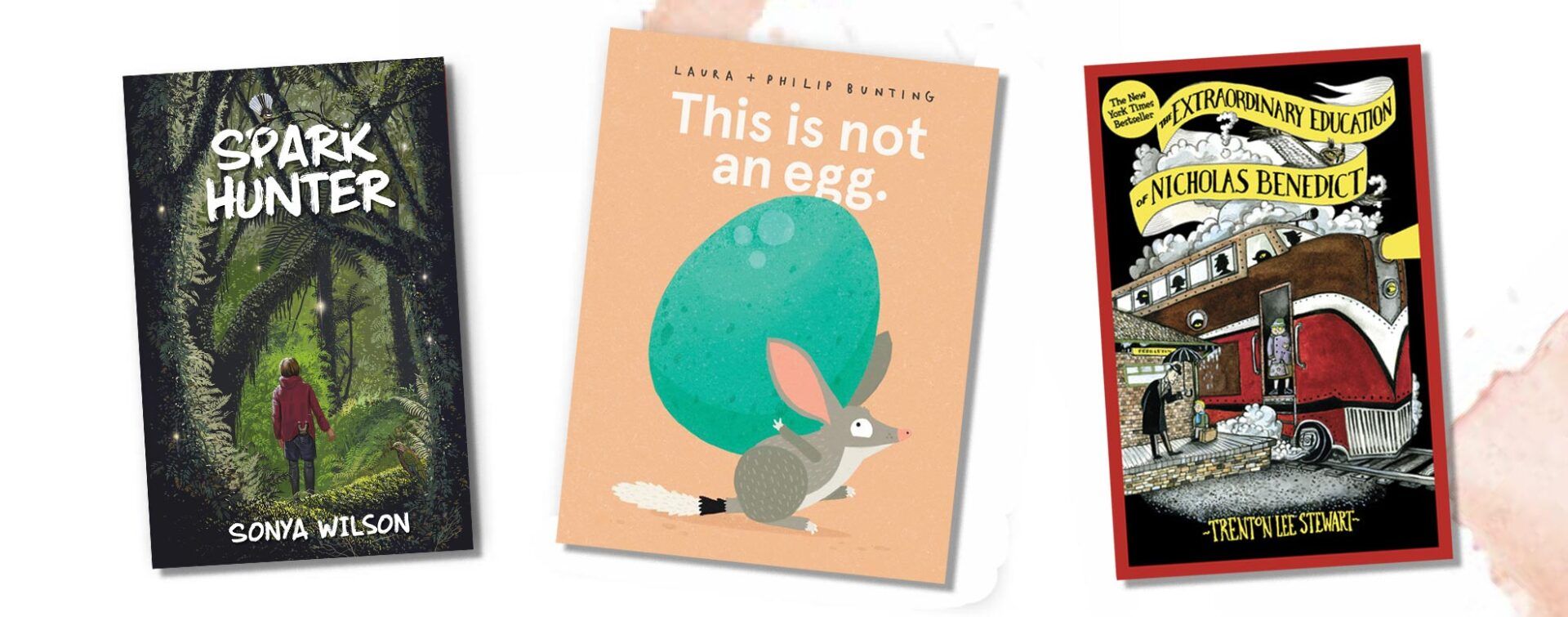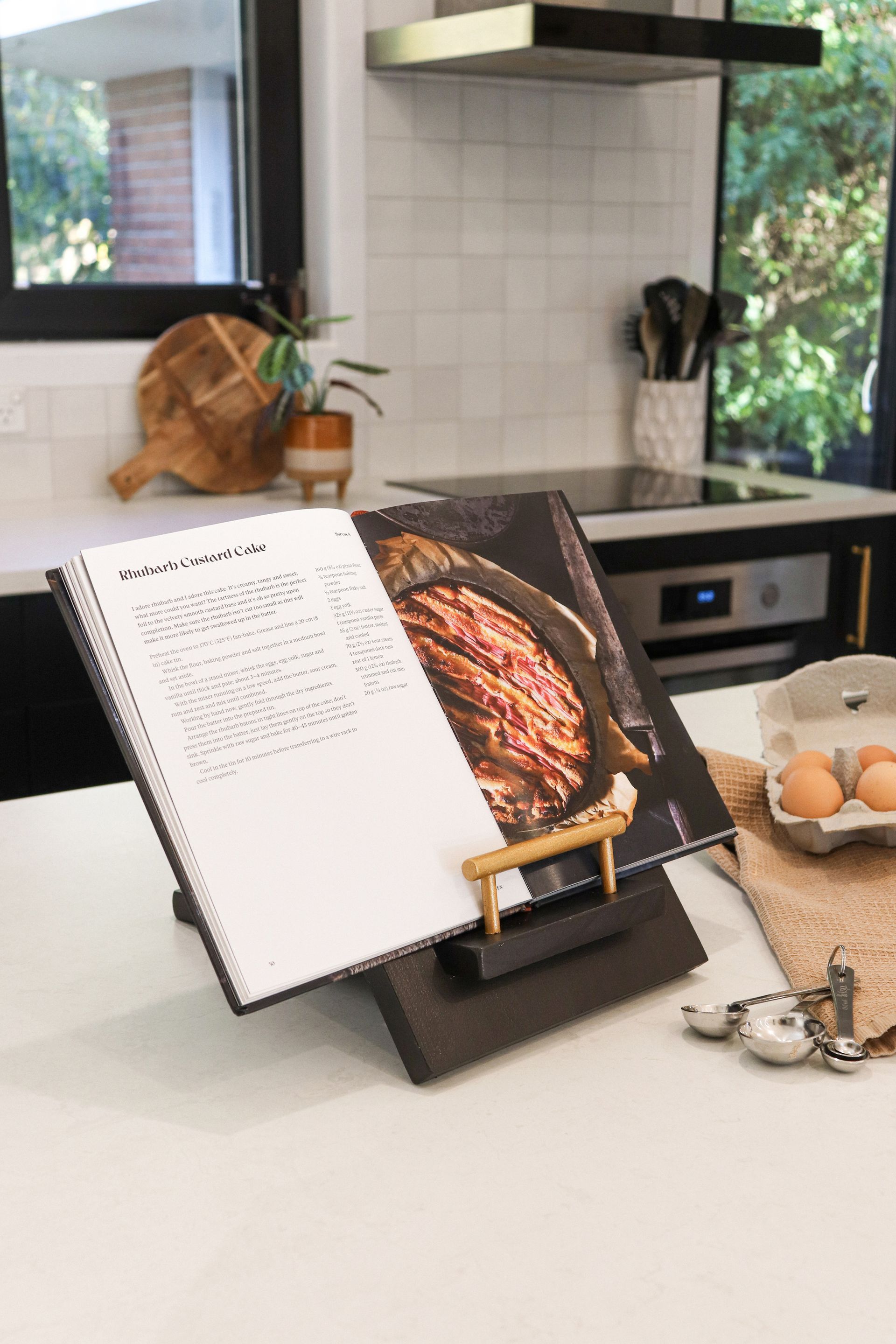With so many great kids’ and young adult titles out there, it helps to have a recommendation from the experts. Here are this month’s top picks from Telling Tales: Scorpio Children’s Books.

This is Not an Egg
Laura & Philip Bunting
Scholastic Australia
Ages 0–5
This is a book about an egg – or is it?!
One mischievous marsupial takes a walk on the wild side, with an egg that could be a bean, or maybe it’s a gemstone? Perhaps it’s a stink bug, or it could be a submarine! This book is about imagination and friendship, and the magic that happens when the two unite. An easy, fun read.
The Extraordinary Education of Nicholas Benedict
Trenton Lee Stewart
Chicken House
Ages 6–12
Nicholas Benedict is the protagonist of ‘The Mysterious Benedict Society’ series, and this prequel follows Nicholas as a small child. Sent to a new orphanage, he encounters more than he bargained for ... vicious bullies, selfish adults, strange circumstances – and a mystery that could change his life forever! Luckily, he has one important thing in his favour: he’s a genius.
Mysterious, delightful and engaging – an up-all-night-reading type book!
Spark Hunter
Sonya Wilson
Ahoy!
Ages 12+
An epic Kiwi adventure-fantasy about Nissa, who is on a school trip deep in the forest of Fiordland National Park. She sees things no one else seems to notice, like strange lights in the trees. When she becomes lost, the risk of not being found is not the only worry – she realises that the forest and creatures within it are under threat too.
This magical and sometimes adrenaline-pumping adventure reminds us how connected we are to the environment.
For more great reads, visit www.scorpiobooks.co.nz/tellingtales
Recent stories




